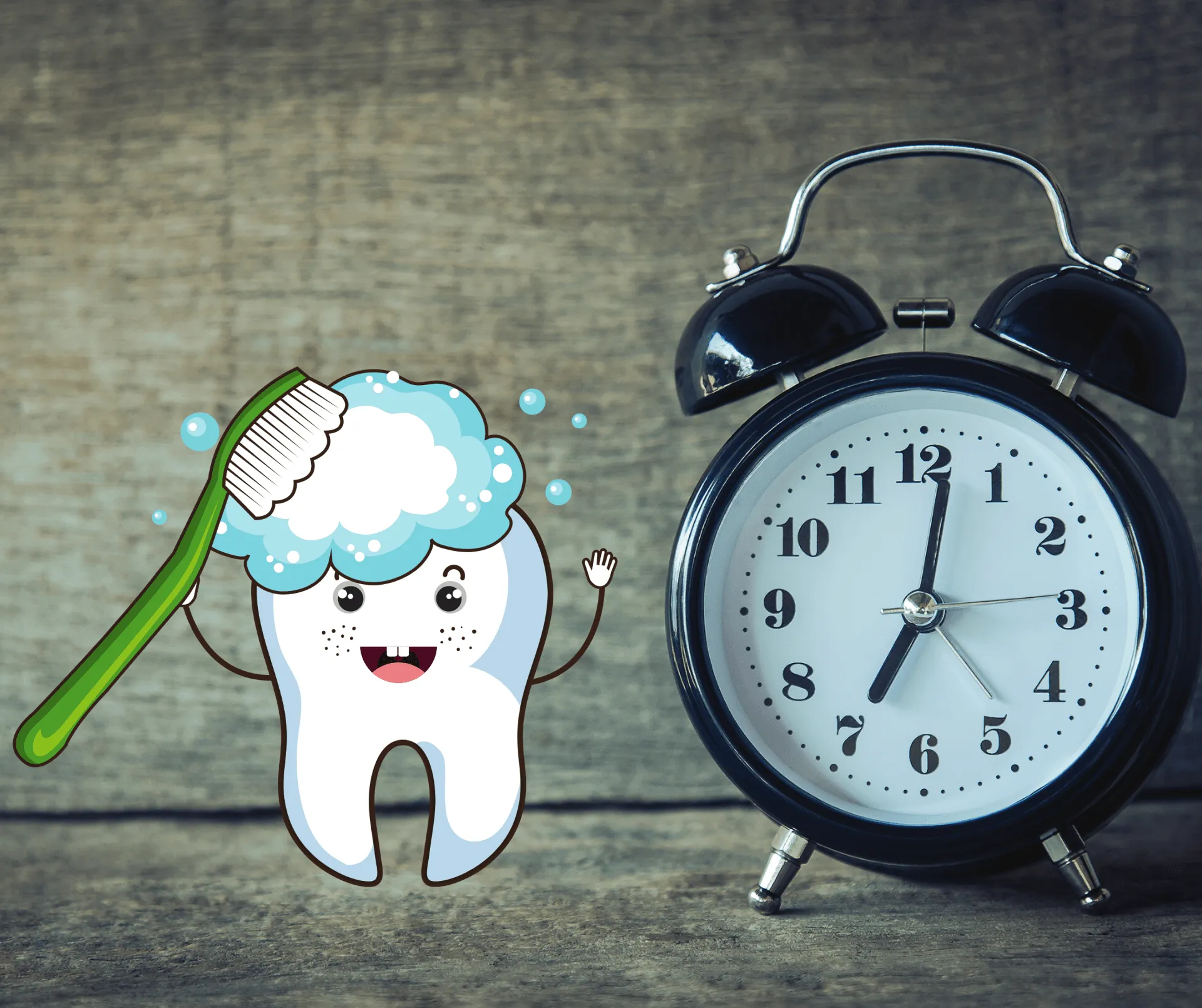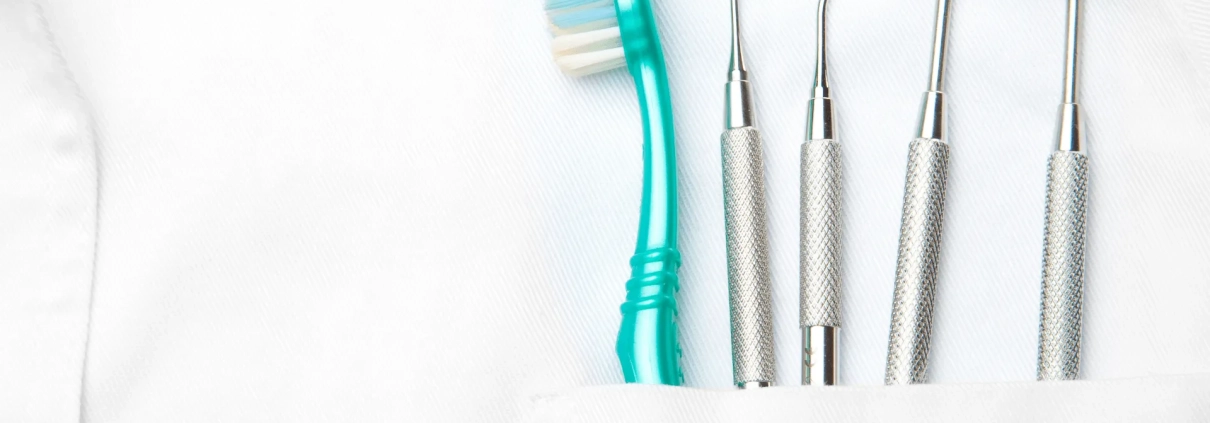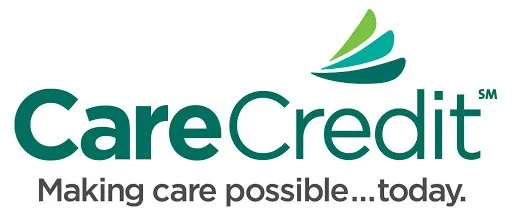Do You Make these Common Dental Mistakes??
We’re all human; we’re bound to mess up. But avoiding these 5 common dental care mistakes can save you a lot of time, money, and toothaches
With all the dental care products and information out there, knowing right from wrong can be challenging. What toothpaste should you use? Is it okay to brush right after you eat? Is mouthwash a proper substitute for flossing? There are a lot of little nuances that can adversely affect your dental health if you’re not careful. But today, we’re going to clear up the confusion once and for all.
Read on to see if you’re making any of these five common dental care mistakes and, if so, learn how to fix them.
1. Brushing too vigorously
You would think that the harder you brush, the better you can clean and remove teeth stains, but this isn’t the case. In fact, brushing too hard can wear down your enamel and damage your gums, causing them to recede. If you don’t let up, your gums may recede enough to expose the nerves in your teeth, causing tooth sensitivity.
If you find that you a lot of force when brushing or you notice your gums are receding, try using these two simple tips to ease up and give your teeth a break:
- Use gentle movements – Lightly press the brush against your teeth and move it back and forth in short strokes (about the width of one or two of your teeth). Make sure to clean both the outer and inner parts of your teeth, as well as the surfaces!
- Take it slow – Slowing down a bit can help you focus on the pressure you put into brushing.

2. Brushing for less than two minutes
We all know we should be brushing twice a day for at least two minutes. But come on… Two minutes takes forever!
According to recent research, the average person brushes their teeth anywhere from thirty to sixty seconds. But while you may be saving yourself a minute or so of precious time, you’re also leaving much more harmful plaque on your teeth than you would if you stuck it out for the full two minutes.
One study in the Journal of Dental Hygiene demonstrated that “…brushing for 120 seconds removed 26% more plaque than brushing for 45 seconds.” And if you have the patience to brush for another minute, going for a full 180 seconds was shown to remove 55% more plaque than brushing for just 30 seconds.
3. Waiting too long to replace your toothbrush
Do you find yourself wearing out your toothbrushes until the bristles become frayed and bent out of shape?
Then chances are you’re not replacing them often enough. The American Dental Association (ADA) recommends getting a new toothbrush every three to four months. If you notice yours starts to fray sooner than that, then it’s best to go ahead and replace it. The more beat up the bristles look, the less effective the brush is at cleaning your teeth. So, keep a close eye on your toothbrush’s health. Your dental health depends on it!

4. Not storing your toothbrush properly
Do you lay your brush down when you’re done using it or store it in an enclosed space? Or perhaps both? These are two dental care red flags. Per the ADA, “Store toothbrushes in an upright position after use and allow them to air dry.” Putting your damp toothbrush in a container or drawer in between uses encourages the growth of bacteria far more than keeping it out in the open.
5. Using a medium or hard-bristled toothbrush
Similar to number one, you’d think that a toothbrush with harder bristles would remove more plaque and bacteria. Unfortunately, these types of brushes can damage your teeth and lead to gum recession.
To stay on the safe side, always stick to soft-bristled brushes. They’re tough enough to get the job done, and they don’t come with the risk of any adverse effects on your dental health.







Leave a Reply
Want to join the discussion?Feel free to contribute!